Well first let’s begin by defining the term ‘copywriting’.
Copywriting is the art of being able to sell people an idea. It’s ultimately a writing style that aims to persuade people to take an action; an action that can come in lots of different forms. It’s a copywriter’s job to convince and persuade. And it is the execution of copywriting that can either make or break a brand.
So, if you’re working for a client and you want to check whether your copywriting is going to hit the mark, then we recommend asking yourself the below questions to ensure you are writing for success.
Is it on-brand?
By on-brand we mean, does it speak in the right tone of voice? It’s important to remember that your client has a brand story and a unique personality that (hopefully) has been developed to best represent their organisational values and mission. This needs to be conveyed through any copywriting that they publish; whether that’s on a newsletter, OOH billboard, email or even on their website. The consumer needs to be able to easily recognise who they are reading about and even get a sense of familiarity when doing so.
Is it easy to read?
Now, even we have to admit that sometimes it’s easier to scan-read through a piece of content than to sit down and take it all in word by word. It’s 2020 and people are multitasking like never before and have a wealth of distractions at their fingertips (quite literally!). So, by making your piece of copywriting simple and easy to read, it allows the consumer to digest the all-important brand messaging without it becoming a chore. When copywriting, it’s important to keep in mind that your audience may have different levels of literacy and this is something all brands need to cater for.
Does it feel trustworthy?
Gone are the days when brands and advertisers could get away with twisting the truth in published content.
Millennials and Gen Z are more aware than other generations when it comes to brand transparency and trust. Therefore, it’s crucial for all copywriting to speak with honesty and never be too boastful.
Does it compel people to take action?
Let’s remind ourselves of the one main purpose of copywriting? It’s to persuade people to take a form of action. In a world where consumers are inundated with thousands of advertising messages across different channels, it’s the brands who provide clear instructions to their audience who are able to cut through this noise and compel them to take action. Using
Call To Actions (CTAs) is a great way of doing this as they are clear, often direct and encourage the reader to take action.
Takeaway tip
Make sure to ask yourself all of the above questions to ensure your copywriting helps to MAKE and not break your brand. If you need additional guidance, why not use the well-loved
AIDA Model which is a great benchmark for writing selling copy.
AIDA model
A – Awareness: Grabbing the readers attention with a catchy and direct headline
I – Interest: Holding the reader’s interest by shouting about your exciting offering
D – Desire: Build their desire after grabbing their interest by advising on the benefits of your offering
A – Action: And finally, persuading the reader to take action with the all-important CTA
Written by Maddy Swift




